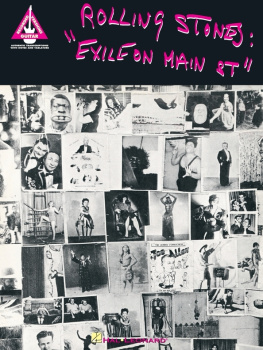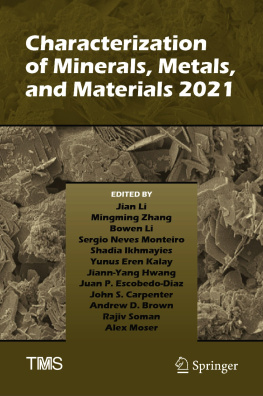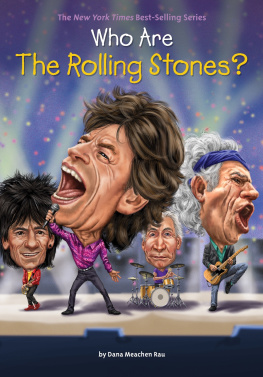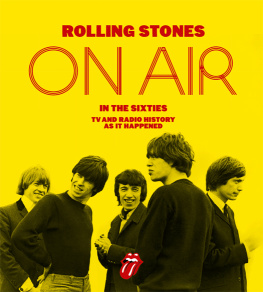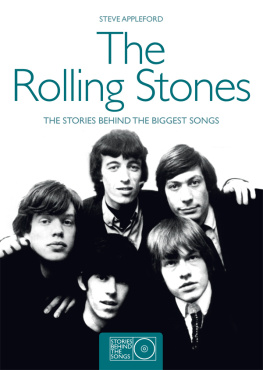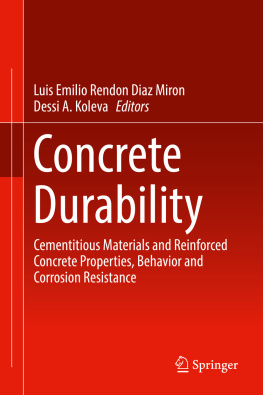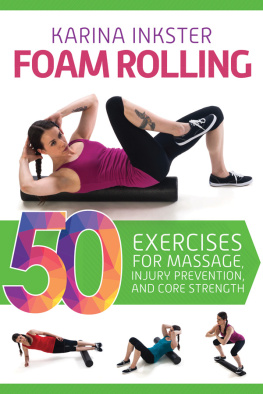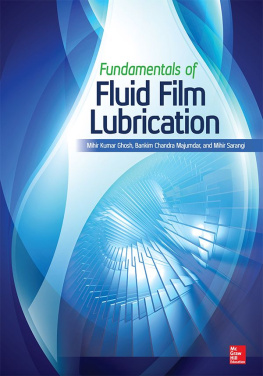Cover
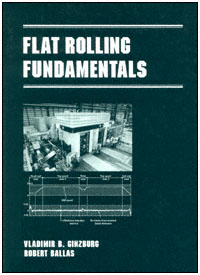
| title | : | Fundamentals of Flat Rolling Manufacturing Engineering and Materials Processing ; 57 |
| author | : | Ginzburg, Vladimir B.; Ballas, Robert |
| publisher | : | CRC Press |
| isbn10 | asin | : | 082478894X |
| print isbn13 | : | 9780824788940 |
| ebook isbn13 | : | 9780585381749 |
| language | : | English |
| subject | Rolling (Metal-work) , Rolling-mill machinery. |
| publication date | : | 2000 |
| lcc | : | TS340.G5325 2000eb |
| ddc | : | 671.3/2 |
| subject | : | Rolling (Metal-work) , Rolling-mill machinery. |
Page a
FLAT ROLLING FUNDAMENTALS
Page b
MANUFACTURING ENGINEERING AND MATERIALS PROCESSING
A Series of Reference Books and Textbooks
FOUNDING EDITOR
Geoffrey Boothroyd
University of Rhode Island
Kingston, Rhode Island
- Computers in Manufacturing, U. Rembold, M. Seth, and J. S. Weinstein
- Cold Rolling of Steel, William L. Roberts
- Strengthening of Ceramics: Treatments, Tests, and Design Applications, Harry P. Kirchner
- Metal Forming: The Application of Limit Analysis, Betzalel Avitzur
- Improving Productivity by Classification, Coding, and Data Base Standardization: The Key to Maximizing CAD/CAM and Group Technology, William F. Hyde
- Automatic Assembly, Geoffrey Boothroyd, Corrado Poli, and Laurence E. Murch
- Manufacturing Engineering Processes, Leo Alting
- Modern Ceramic Engineering: Properties, Processing, and Use in Design, David W. Richerson
- Interface Technology for Computer-Controlled Manufacturing Processes, Ulrich Rembold, Karl Armbruster, and Wolfgang lzmann
- Hot Rolling of Steel, William L. Roberts
- Adhesives in Manufacturing, edited by Gerald L. Schneberger
- Understanding the Manufacturing Process: Key to Successful CAD/CAM Implementation, Joseph Harrington, Jr.
- Industrial Materials Science and Engineering, edited by Lawrence E. Murr
- Lubricants and Lubrication in Metalworking Operations, Elliot S. Nachtman and Serope Kalpakjian
- Manufacturing Engineering: An Introduction to the Basic Functions, John P. Tanner
- Computer-Integrated Manufacturing Technology and Systems, Ulrich Rembold, Christian Blume, and Ruediger Dillman
- Connections in Electronic Assemblies, Anthony J. Bilotta
- Automation for Press Feed Operations: Applications and Economics, Edward Walker
- Nontraditional Manufacturing Processes, Gary F. Benedict
- Programmable Controllers for Factory Automation, David G. Johnson
- Printed Circuit Assembly Manufacturing, Fred W. Kear
- Manufacturing High Technology Handbook, edited by Donatas Tijunelis and Keith E. McKee
- Factory Information Systems: Design and Implementation for CIM Management and Control, John Gaylord
- Flat Processing of Steel, William L. Roberts
- Soldering for Electronic Assemblies, Leo P. Lambert
- Flexible Manufacturing Systems in Practice: Applications, Design, and Simulation, Joseph Talavage and Roger G. Hannam
- Flexible Manufacturing Systems: Benefits for the Low Inventory Factory, John E. Lenz
- Fundamentals of Machining and Machine Tools: Second Edition, Geoffrey Boothroyd and Winston A. Knight
- Computer-Automated Process Planning for World-Class Manufacturing, James Nolen
- Steel-Rolling Technology: Theory and Practice, Vladimir B. Ginzburg
- Computer Integrated Electronics Manufacturing and Testing, Jack Arabian
- In-Process Measurement and Control, Stephan D. Murphy
- Assembly Line Design: Methodology and Applications, We-Min Chow
- Robot Technology and Applications, edited by Ulrich Rembold
- Mechanical Deburring and Surface Finishing Technology, Alfred F. Scheider
- Manufacturing Engineering: An Introduction to the Basic Functions, Second Edition, Revised and Expanded, John P. Tanner
- Assembly Automation and Product Design, Geoffrey Boothroyd
- Hybrid Assemblies and Multichip Modules, Fred W. Kear
- High-Quality Steel Rolling: Theory and Practice, Vladimir B. Ginzburg
- Manufacturing Engineering Processes: Second Edition, Revised and Expanded, Leo Alting
- Metalworking Fluids, edited by Jerry P. Byers
- Coordinate Measuring Machines and Systems, edited by John A. Bosch
- Arc Welding Automation, Howard B. Cary
- Facilities Planning and Materials Handling: Methods and Requirements, Vijay S. Sheth
- Continuous Flow Manufacturing: Quality in Design and Processes, Pierre C. Guerindon
- Laser Materials Processing, edited by Leonard Migliore
- Re-Engineering the Manufacturing System: Applying the Theory of Constraints, Robert E. Stein
- Handbook of Manufacturing Engineering, edited by Jack M. Walker
Page c
- Metal Cutting Theory and Practice, David A. Stephenson and John S. Agapiou
- Manufacturing Process Design and Optimization, Robert F. Rhyder
- Statistical Process Control in Manufacturing Practice, Fred W. Kear
- Measurement of Geometric Tolerances in Manufacturing, James D. Meadows
- Machining of Ceramics and Composites, edited by Said Jahanmir, M. Ramulu, and Philip Koshy
- Introduction to Manufacturing Processes and Materials, Robert C. Creese
- Computer-Aided Fixture Design, Yiming (Kevin) Rong and Yaoxiang (Stephens) Zhu
- Understanding and Applying Machine Vision: Second Edition, Revised and Expanded, Nello Zuech
- Flat Rolling Fundamentals, Vladimir B. Ginzburg and Robert Ballas
Additional Volumes in Preparation
Page d
This page intentionally left blank.
Page i
FLAT ROLLING FUNDAMENTALS
VLADIMIR B. GINZBURG
International Rolling Mill Consultants, Inc.
Pittsburgh, Pennsylvania
ROBERT BALLAS
Danieli Wean United
Cranberry Township, Pennsylvania
Sponsored by Iron & Steel Society, Pittsburgh, Pennsylvania

Page ii
Library of Congress Cataloging-in-Publication Data
Ginzburg, Vladimir B.
Fundamentals of flat rolling / Vladimir B. Ginzburg, Robert Ballas.
p. cm. (Manufacturing engineering and materials processing ; 57)
ISBN 0-8247-8894-X (alk. paper)
1. Rolling (Metal-work) 2. Rolling-mill machinery. I. Ballas, Robert II. Title. III. Series.
TS340 .G5325 2000
671.32dc21 00-024049
This book is printed on acid-free paper.
Headquarters
Marcel Dekker, Inc.
Next page

